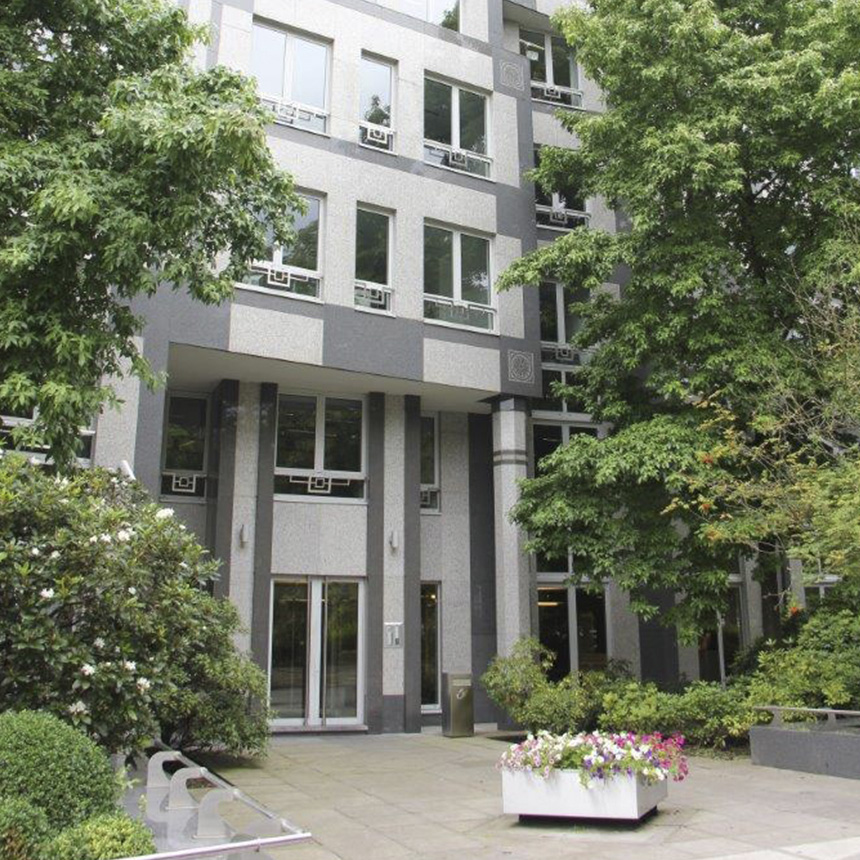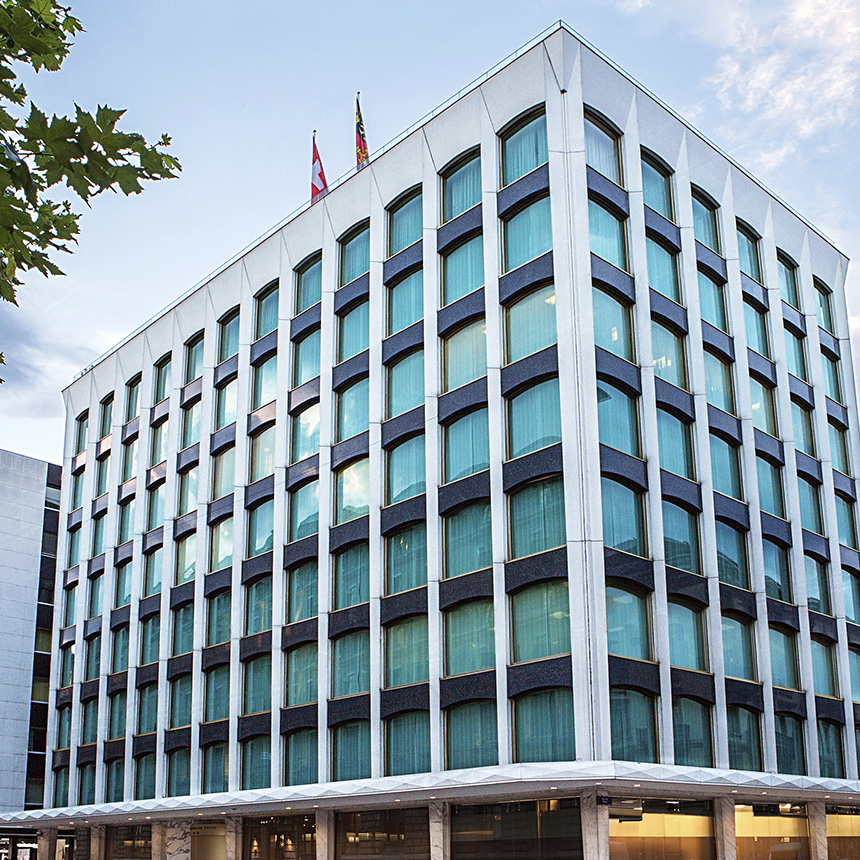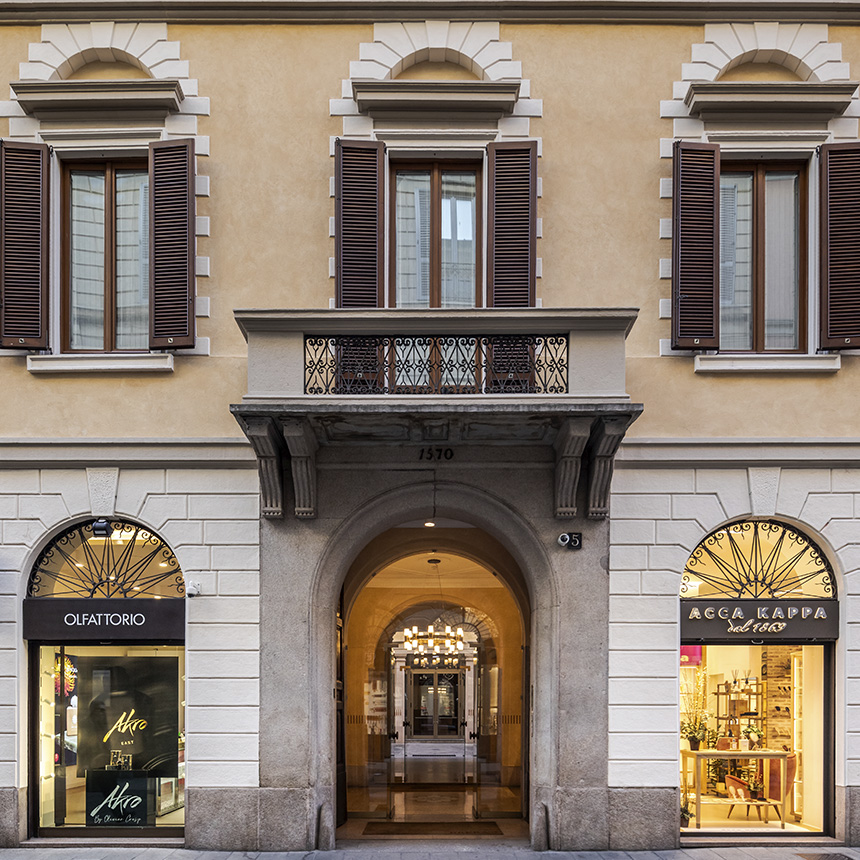Equities

Committed to your investments
Our dedicated teams work with our clients to provide attentive service and bespoke solutions to help them pursue their long-term investment goals. We are committed to being a genuine partner and are here for them every step of the way.
UBP’s Asset Management division is firmly rooted in three guiding principles that permeate throughout all our portfolio-management and client-facing teams:
Agility.
Agility is a testament to our commitment to meeting your developing needs and navigating complex market conditions. Our structure is designed so that we can adapt rapidly to your changing circumstances, providing you with the best possible service and respond to shifts in market trends and disruptive events, thus proactively providing you with relevant investment solutions.
Client-centric.
We firmly believe that our success is intrinsically linked to the success of our clients, which is why we cultivate a client-centric culture that prioritises open, ongoing dialogue to deeply understand each investor's unique needs, objectives, and challenges.
Disciplined mindset.
Having a disciplined mindset translates into a rigorous and responsive approach when providing our clients with investment services, as well as into formulating and implementing our investment views in our clients’ investment portfolios.
Experience our boutique approach
Our investment teams are organised by asset class and market, and they seek to unlock investment opportunities for our clients in equities, fixed income, and alternative asset classes with a focus on either global or regional markets. Our investment expertise is backed by over 200 seasoned professionals and has a presence in the main financial centres in Europe and Asia.
Focusing on value and quality
Our focus is on active strategies where we believe we can add the most value. Our investment team concentrates on well-defined and distinctive investment strategies. Most of our strategies are managed in-house, but we can also complement our in-house expertise with carefully selected external partnerships to access specialist strategies with a proven track record.
Rigorous risk management
Our risk management framework, which effectively integrates both ESG factors and financial constraints into each team's processes, is independently overseen by UBP's Group Risk Management. We believe risk management is not just a function; it is also a mindset that permeates through our entire organisation.
We employ responsible investment practices that include negative screening, ESG integration, positive inclusion, and impact investing. The Bank's approach aims to enhance portfolio resilience and to contribute positively to companies' practices.
The management team
-
Nicolas Faller
Co-CEO Asset Management
-
Michaël Lok
Group CIO and Co-CEO Asset Management





















